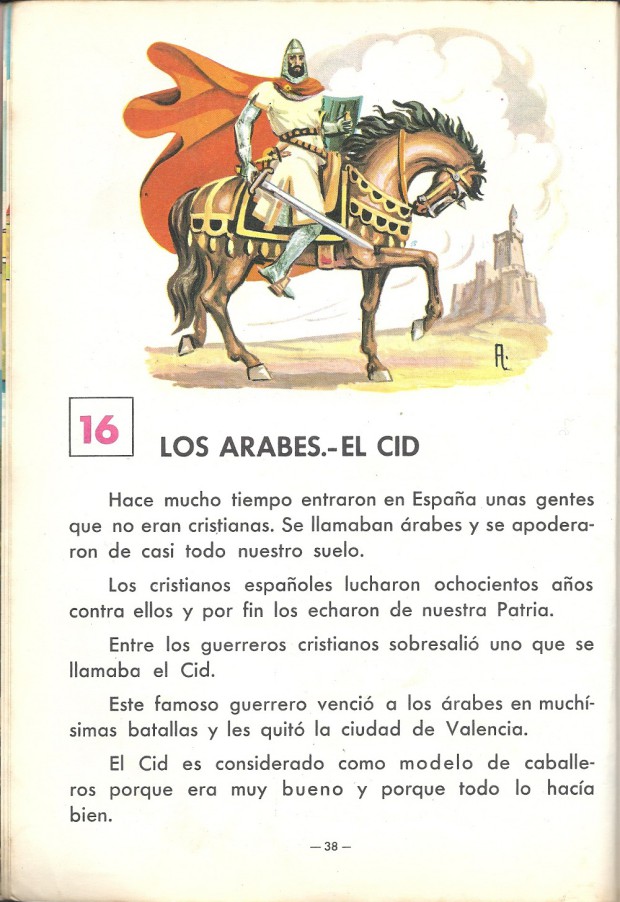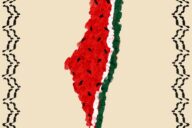Mayoral Arqué, defended in 2009 (read here in Spanish) that in Spain there is a hidden curriculum in the school education. This refers to those contents that are omitted and unknown in school programs. Among them, one of the most important gaps can be found in the al-Andalus period, eight centuries of Spanish history hardly studied.
In this article, “Between the Cliché and the Prejudice. Islam and the Arab World in the Spanish Educational System”, the well known Arabist, Gema Martín Muñoz, analyzes how the students study the Spanish Andalusian history and the Arab and Muslim world in general. The first thing that the author highlights is how the relation between Europe and Islam is portrayed, always in terms of antagonism and confrontation, and how the historical process is pictured as a continuous dynamic of confrontation: the fight of Bizancio against the Islamic Empire; Christian Kingdoms against al- Andalus; of the Ottoman Turks against Europe; Arabic or Islamic nationalism against the West, among others.
As for the history of Andalus, the relation between the advance of Islam and its arrival to the Iberian Peninsula is presented with the ideas of “breakdown” and “destruction” of the Mediterranean unity. Barely do the contents take a look to the Caliphate of Al-Andalus neither the relations and exchanges that took place in the Christian and Muslim Kingdoms. In other words, the study of this period is mostly superficial and determined by wars: restricted to the period of the so-called Reconquest.
These ideas are empowered by a deep ethnocentrism that presents the West ideals like the only reference points, opposing them to those ideals present in Islam and underestimating the contributions that Islam has realized in the West and the shared values of both civilizations.
Click here to read the whole article (in Spanish).















No Comments